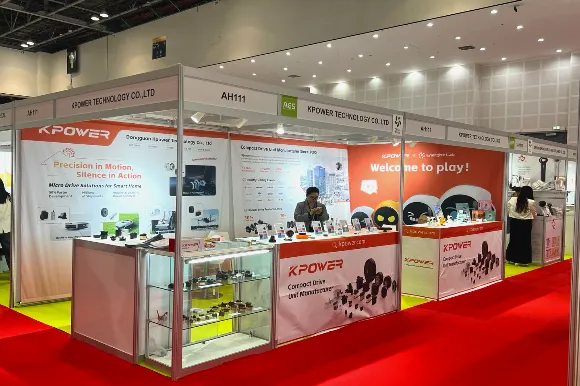Imagine you're building a big, complex app—say, an online shopping platform or a streaming service. It’s tempting to jam everything into one monolith. But that’s like trying to juggle a dozen balls, each with different weights and speeds—messy and risky. Enter microservices, especially when talking about Java.

Microservices are like tiny, specialized workers that each handle a piece of your app’s puzzle. So instead of one giant software, you get a bunch of small, independent parts. Think about an e-commerce site: you might have one microservice for user management, another for product catalog, a different one for payment processing, plus one for order tracking. Each piece can be developed, deployed, and scaled separately. That’s a game-changer.
Java, being a stalwart language, fits perfectly with this architecture. You can craft microservices using Spring Boot or Micronaut—these frameworks make launching microservices quick and straightforward. They’re like the fast lanes on a highway; you get things up and running faster, with less fuss. Because Java is stable, mature, and has a vast ecosystem of libraries, it’s the go-to choice for teams looking to build reliable microservices.
Here's a little bit of the thinking behind it. Why make the switch? Well, microservices cut down the chaos. If one service trips, it doesn’t tank the whole app. If the payment gateway needs more power during a sale, you can scale that microservice independently. That kind of agility is crucial, especially when user expectations are sky-high.
You might wonder, “Isn’t managing that many microservices a headache?” It can be. But with tools like Docker and Kubernetes, orchestrating microservices becomes more manageable. They help in deploying, maintaining, and updating without throwing your whole system into disarray.
Questions pop up—what about data consistency? Sure, microservices often have their own databases, which sounds complicated, but with event-driven patterns and eventual consistency, it isn’t as scary as it looks. Plus, Java’s compatibility with cloud environments means you can spin up these microservices familiar and instantly scalable.
Ever thought about how microservices impact team collaboration? When each microservice is self-contained, teams can work on different parts without crossing wires. It’s like everyone gets their own little shop within the bigger marketplace.
Bottom line: Microservices in Java are all about breaking down complexity into manageable chunks. They’re a practical approach for modern, scalable apps. If you’re considering a shift away from monolithic structures, this architecture could be your best bet—making your app more resilient, flexible, and prepared for future demands.
Established in 2005, Kpower has been dedicated to a professional compact motion unit manufacturer, headquartered in Dongguan, Guangdong Province, China. Leveraging innovations in modular drive technology, Kpower integrates high-performance motors, precision reducers, and multi-protocol control systems to provide efficient and customized smart drive system solutions. Kpower has delivered professional drive system solutions to over 500 enterprise clients globally with products covering various fields such as Smart Home Systems, Automatic Electronics, Robotics, Precision Agriculture, Drones, and Industrial Automation.




































